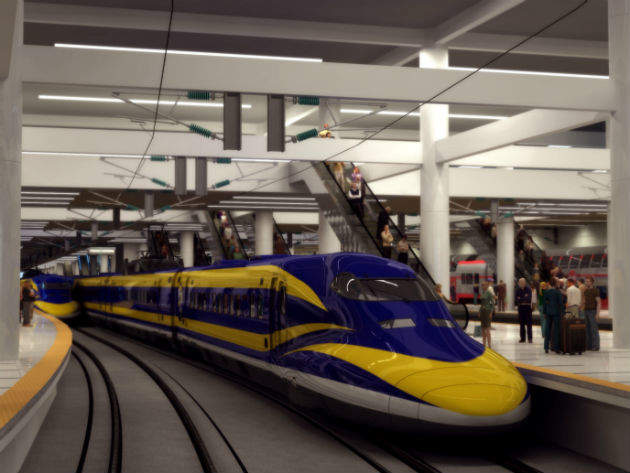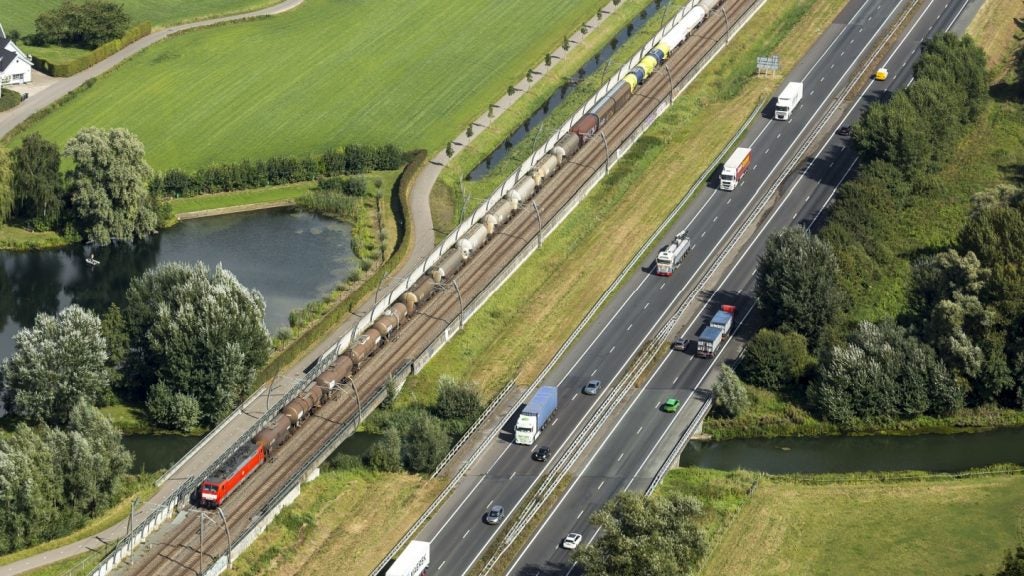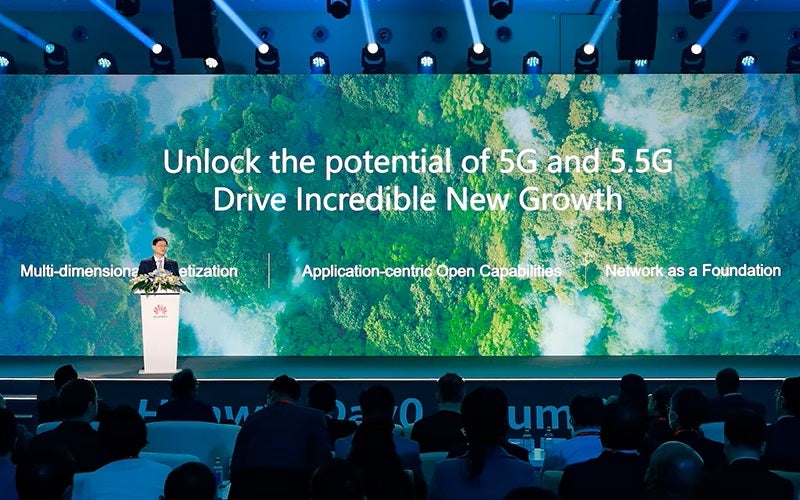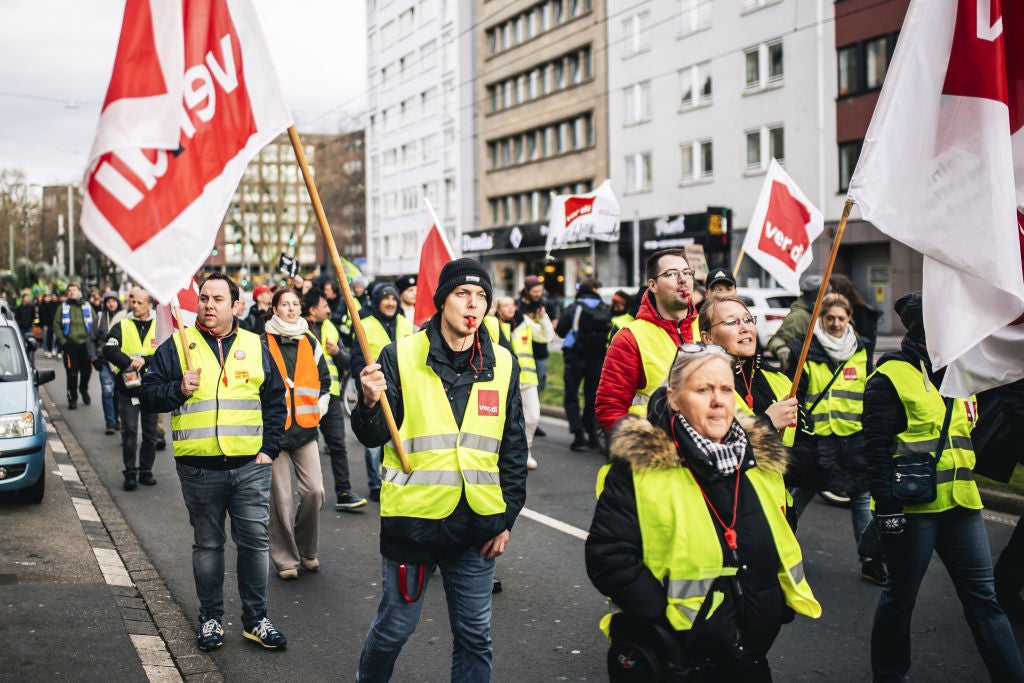

The California high-speed line – the first of its kind in the US – will connect the mega-regions of the state. Developers hope that, by 2029, it will run from San Francisco to the Los Angeles basin in under three hours, before expanding to Sacramento and San Diego.
This ambitious plan, potentially costing more than $60bn, will run for 800 miles, with 24 stations dotted along the route, a mix of new-builds and redevelopments. Work is currently underway on getting the necessary permission to build the backbone of the system.
Alongside this, the likes of Luca Giaramidaro – a designer at architecture firm Perkins+Will – are analysing what California can learn from European high-speed rail hubs (HSR), particularly in station design.
Giaramidaro believes stations help create an “identity”, and are undoubtedly a source of potential urban regeneration. This view is supported by the California High-Speed Rail Authority. A spokesperson says: “Station design cannot begin in detail until final locations and footprints are determined.
“However, our team has begun to explore what structures and stations could look like, based on examples from other systems around the world. Our vision for our stations is that they serve as more than just a train stop; they will transform cities, create community hubs and be iconic of the state.”
How well do you really know your competitors?
Access the most comprehensive Company Profiles on the market, powered by GlobalData. Save hours of research. Gain competitive edge.

Thank you!
Your download email will arrive shortly
Not ready to buy yet? Download a free sample
We are confident about the unique quality of our Company Profiles. However, we want you to make the most beneficial decision for your business, so we offer a free sample that you can download by submitting the below form
By GlobalDataHere, Giaramidaro explains why creating a hub that’s about more than just transport is so important.
Gary Peters: What countries and high-speed hubs did you visit?
Luca Giaramidaro: I landed in London and went to London St Pancras and King’s Cross. From there, I went to Lille, in France, and then to Liège, and onwards to Berlin Hauptbahnhof. This was all by train.
I then took a flight from Berlin to Paris, to visit Gare du Nord and Gare de Lyon. From Lyon, I went to Italy to look at Turin Porta Susa, and from there Rome. That gave me an interesting spectrum of successful stations and challenges.
GP: What are those challenges?
LG: It's something important for California to look at – what is the pathway to success? First of all, there is, of course, a need to understand the identity. It was important to visit Germany and France. France is a system that focuses on speed, with fewer stops connecting major centres.
On the other hand, Germany is a model that is more integrated into the existing infrastructure. It also pursues a greater level of connectivity. In my experience here in California, this is still a hotly debate topic. Everyone has an opinion on it.
Looking at France and Germany was a way, for me, of understanding the pros and cons. Increased connectivity is great, but then you might have a challenge identifying a role in the system, and really diversifying from others. High-speed rail provides connectivity, which is a great asset, but it's up to the local community to understand how to attract growth and investment, once that connectivity has been provided.
GP: Why those countries and stations?
LG: I selected stations that we recognised as successful; those that can really tell us a story. Throughout the trip I learned things that I had not necessarily identified before.
GP: Such as?
LG: Well, mobility is ultimately a service. As urban designers, I think we do a better job if we put ourselves in the passengers' shoes and really understand what the overall experience is. Experience is difficult to confine in a physical space. How attractive is the station? How lively? How engaging?
Look at King's Cross – it's a tourist attraction now. That's an excellent way of really thinking about these spaces as more than just a train station.
Also Liège-Guillemins station [in Belgium], which has a museum in it. It is, of course, for passengers, but also the community. It's about understanding how the layout of the station makes it possible to open it up to a broader audience. That was key for me.
GP: What are the fundamental things that California should look to learn from European high-speed hubs?
LG: Let’s think about this through three lenses, shall we say. One: the mobility, what is needed? What are the multi-modal options on offer? Then there's the location aspect. Stations perform much better if they are in a lively area. And third, the user experience.
As you access the service, it has to be smooth and pleasant to use. These are the three things that allow us, as designers, and the local community to really frame the challenges. For example, at St Pancras and King’s Cross, that is an excellent example of location. Lively places that are 'active'. There was such a great vibe.
Berlin was a great example of multi-modality, provided within the station perimeter, with platforms on different levels, and three floors of retail in between. It was very easy to change your mode of transportation.
From an urban perspective, I found Lyon to be very relevant. It's a great example of redevelopment, based around high-speed rail. It used the asset of high-speed rail to 'activate' and grow the area.
GP: Is there anything that California should it try to avoid when it comes to designing and building the stations
LG: California has to be careful and mindful to take the opportunity when the opportunity is there. When these stations are coming to cities, let's make sure we reduce, to the minimum, things like parking, so we have more integrated ways of getting to the HSR hubs through things like local transit.
The trick is to have the right mix and a well thought-out retail space and culture – things that are needed to make these places engaging. I look at them as civic destinations. They are places that are great catalysts for things to happen. I would hate to see a great, huge site, surrounded by parking lots and a station that is just dead.
GP: The California plan includes a number of stations along the route. Should these be identical, or should each station be designed differently based on the local community?
LG: There will be stations that will be different to others. Some will be more dense and urban, and more integrated.
California is such a big state. There are many cities that have been neglected over the years; they are still trying to catch that potential for growth.
GP: So, stations need a connection to the communities they serve?
LG: Yes. Once the connectivity is provided, what is it about this or that community that is unique? You need an infrastructure that is identifiable as one system, but it needs to be attuned to the differences of each community, connecting to the local identity.
You want to use the character of the city. That is how I would frame it. We should look at HSR infrastructure as being more than just mobility. Focusing on the passenger, the people who will walk the street and station concourses, is a very powerful tool.
GP: High-speed rail plans often attract criticism, but can good design lessen some of that criticism?
LG: Absolutely. Of course, it's a lot of taxpayers’ money that is being spent on California. Our remit is to promote and show the potential of the infrastructure, creating a vibrant area.
We need to think about what the HSR infrastructure can bring to each community. Once people realise that, I think it will be easier to understand the benefit [of HSR]. It's a long-term goal. Community by community, we have to help them understand the opportunity.
Let's showcase the success stories. We have an historic opportunity here for cities in California.







